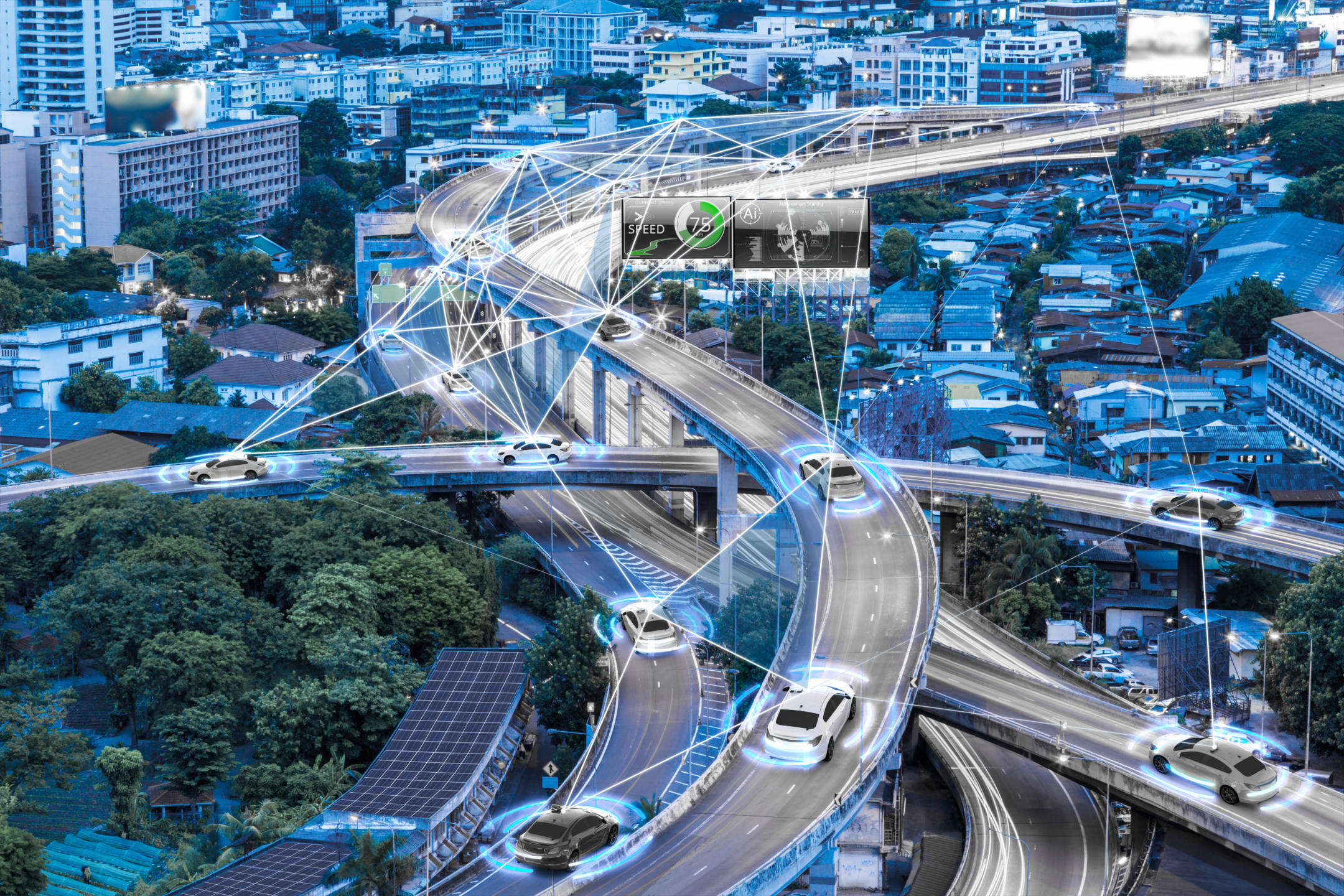
When will self-driving cars be available for consumers? Leading players in the self-driving vehicle field estimate that moderately automated vehicles can become widely available during this decade.
In the past, U.S. car industry experts optimistically forecast release dates for autonomous vehicles of 2020/21. Yet many issues hamper widespread development and release of self-driving cars such as safety, legislation, climate, and societal acceptance of this emerging technology.
Background and Terminology
The Society for Automotive Engineers (SAE) International has defined six “Levels of Driving Automation” describing the spectrum of automation available in on-road motor vehicles. The levels range from no automation to full automation.
- Levels zero through two require a human driver.
- Levels three through five emphasize progressively greater reliance on the automated vehicle and less reliance on a human driver.
- Level five refers to fully autonomous cars capable of driving under all conditions.
Automation levels exist to aid car manufacturers in the development of safe, highly automated vehicles (HAVs) such as self-driving cars.
Magna, an automotive supplier, is focused on the development and release of level two automated vehicles for public use. Level two cars are capable of steering, accelerating, and braking with human oversight.
Issues Affecting Availability of Self-driving Cars
There are many reasons self-driving cars are not mainstream in the U.S. They include societal acceptance of artificially intelligent technologies, technological performance and related reliability, environmental sustainability, and real-world data acquisition and processing.
Safety
Safety is perhaps the most important issue affecting the availability of fully autonomous cars. Programming self-driving cars to recognize and safely respond to various driving events and road conditions is difficult. Even simple driving tasks require a great degree of complexity in engineering and data analysis.
It is particularly challenging to train autonomous vehicles for rare driving scenarios. Rare driving scenarios include felled trees on a roadway, automobile accidents, and animals crossing the road.
Humans are trained to respond to diverse driving situations through months and years of experience. Self-driving cars must be trained similarly.
Legislation and Regulations
Since self-driving cars are an emergent technology, legislative and regulatory bodies like the U.S. Congress and Australia’s National Transport Commission must create laws and regulations to enable their use. Such laws and regulations must support the safety, individual- and shared interests of self-driving car manufacturers and consumers.
There are no standardized U.S. federal safety regulations in place controlling the development of self-driving car safety features. Many states have enacted some form of legislation about self-driving cars; some of these allow companies and qualified individuals to drive and test automated vehicles on state roads.
Geographic Complexity
Cities and roadways are physically and situationally complex. Further, differences exist between driving environments such as cities, highways, and rural places. Self-driving car researchers and developers have found it is easier to train autonomous vehicles to drive straight on highways using cruise control than it is to train them to dynamically navigate the streets of Washington D.C., Boston, or San Francisco.
Uneven terrain, traffic lights, pedestrians, cyclists, buildings, and one-way streets all heighten the complexity of urban environments relative to highways and rural roads. In many driving situations such as construction zones and four-way stops, humans rely on visual cues like eye contact to correctly navigate. Self-driving cars rely on sensors such as cameras and lidar instead.
Developers need to address geographic and situational complexity by equipping self-driving cars with tools that adequately compensate for human communications and thought processes. Addressing these complex issues takes time and informs estimates about when self-driving cars will be available.
Mobileye, an autonomous-tech supplier, is developing a level four ride-hailing system that can safely perform all types of driving tasks but only do so within limited geographic areas.
Weather
Weather complexifies the process of training autonomous vehicles to think and react like humans because self-driving cars rely on technology to “think” similarly. Rain and snow, for example, can interfere with the functioning of critical sensors, as well as related data processing.
Researchers and developers have noticed rain, windstorms, hail, snow, dust, and even clouds all complexify the process of developing and testing self-driving cars.
Phoenix is where Waymo, Alphabet’s self-driving car company, currently provides self-driving ride-hailing services to a subset of the populace. Phoenix is characterized by a relatively stable, sunny climate year-round with infrequent rain, wind, or dust events.
Predictions Past and Present
Back in 2016, many of the field’s leading technology developers and car manufacturers indicated 2020/21 would be the time when self-driving cars hit the road for mainstream public use. The year 2020 came and went. It is now 2021 and the public has yet to see fully autonomous cars in nearly every major American city.
Industry experts have made optimistic predictions as to when self-driving cars will be available for consumers. Industry reports indicate Waymo is the leading company closest to releasing self-driving cars for consumers.
Many developers and manufacturers in the autonomous vehicle field have reset their development goals and release timelines for self-driving cars. Some of them now focus on iterative advances they can make leading up to the widespread implementation of fully autonomous vehicles.
Yet the autonomous vehicle field remains quite strong. Tech companies and car manufacturers everywhere continue to dedicate billions of dollars to research and development in self-driving car technology.
A Look Ahead
Many industry experts believe fully autonomous self-driving cars are in the future. The exact timeline of when self-driving cars will be publicly available is in question.
If you are excited about using fully autonomous vehicles, don’t hold your breath. Don’t lose hope, either. Advances in the field are expected throughout this decade.
Where You Can Learn More
Udacity’s founder, Sebastian Thrun, is an expert in the field of self-driving cars. He is an experienced self-driving car developer and winning team leader. Udacity offers Enterprise Autonomous Systems Training and a Self-Driving Car Engineer Nanodegree program for people who are passionate about autonomous vehicles and want to learn more.




